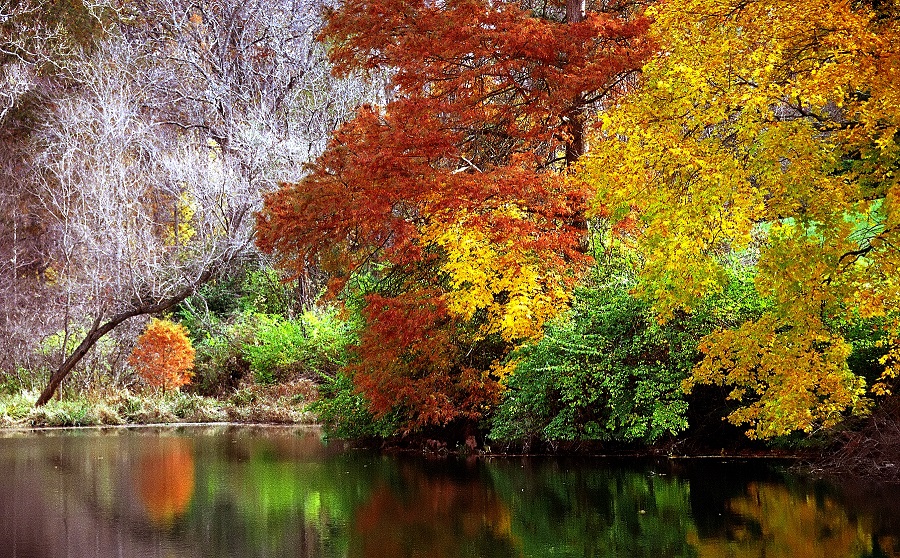Ember Days: what are they? How are they connected to sustainability?
The Catholic Church celebrated Autumn Ember Day on Friday 5 March (2021). The word ‘ember’ in this context does not mean a glowing or smouldering piece of coal or wood but a ‘recurring period’. In Australia we celebrate both Autumn and Spring Ember Days.
While the early history and original purpose of these days is obscure, it is likely that they originated in pagan celebrations connected with harvest, vintage and seed time. The tradition was well established in Rome at the time of Pope Leo in the 5th century because he preached a series of ‘Embertide’ sermons.
The word may come from the German Quatember, ‘quarter day’ or, as the Irish used to say, Quarter Tense and mark the beginning of each of the four seasons.

Kept in the Roman Catholic Church since the fifth century, the Second Vatican Council retained Ember Days in principle but left it up to individual bishops’ conferences to determine the time, number and purpose of Ember and Rogation Days, which from the Latin rogare, means ‘to ask’. Rogation Days originated at times of calamity and were marked by processions, litanies and intercession. The principal rogation procession was eventually associated with intercession for a fruitful harvest.
In 2008 the Australian Catholic Bishops Conference (ACBC) decided to observe the first Fridays of Autumn and Spring (March and September) as special days of prayer and penance. Ember Days focus on the environment, climate change, and the responsibility of our stewardship of the world’s resources. They are to help us connect our prayer for favourable conditions with a conversion of heart in relation to our care of the earth.
View more information here.
Published: 10 March 2021
Author: Tony Worner – Leader of Formation









